Stirling researchers point to eFIFO method to counter conclusions of a recent forage fish consumption study
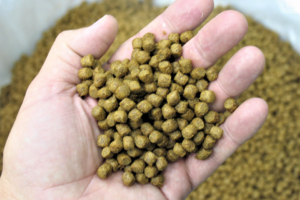
A recent study from researchers at three U.K. universities (Cambridge, Lancaster and Liverpool) and the NGO Feedback Global argued that humans should be consuming small pelagic fish like sardines and anchovies instead of using marine ingredients (fishmeal and fish oil) for aquaculture and livestock feeds. This move, they argued, would leave nearly 4 million metric tons (MT) of fish in the sea and provide an additional 6 million MT of seafood.
Nevertheless, there is flawed logic in that study and important facts that were not considered:
- Consumer preference – most people like the taste of farmed fish species such as salmon.
- Markets for small pelagic fish species for direct human consumption are not and never have been well established.
- The markets for fishmeal and fish oil are centuries old with the peak in production occurring before the growth in salmon farming.
- The fisheries that underpin marine ingredients for salmon farming are well managed and mostly certified
- If they are not used for salmon farming, they would not be “left in the sea” and likely revert back to previous markets in swine, poultry and pet food.
- Sardines make up less than 1 percent of salmon feeds.
- Byproducts (mostly from the processing of herring, mackerel and sardines for human consumption) make up almost one-third of the marine ingredients used in aquafeeds and this share is increasing.
- A study by Kok et al. showed that almost all species groups assessed are net producers of fish, producing more fish biomass than consumed. Global fed aquaculture produces three to four times as much fish as it consumes. Atlantic salmon and trout aquaculture are net neutral, producing as much fish biomass as is consumed.
The sustainability of using fish as a feed ingredient has been the subject of much discussion for a long time. The main reason for this is the perception by some that (particularly carnivorous marine) aquaculture is imposing rather than relieving pressure on fish stocks. This assumption is flawed because the fisheries that provide marine ingredients reached their peak before the large growth in Western mariculture and since then have been better managed and catches have been reduced. Nevertheless, it is important to ensure that the limited stocks of marine ingredients available are utilized in the most efficient way possible.
The Fish In: Fish Out (FIFO) ratio has become the principal metric used to measure the impact of aquaculture on wild fish stocks. There are several versions of this metric since its inception in by Naylor, et. al. (2000). Early versions were criticized by industry for not representing how marine ingredients were utilized and led to “double counting,” whereas no methods took into account the growing share of fisheries byproducts being directed to marine ingredients.
The newly proposed method “economic Fish In: Fish Out” (eFIFO) includes market factors (price) into the equation by applying economic allocation to the production of fishmeal and fish oil, including from fish by-products. The method reflects socioeconomic drivers by “weighting” the flows of resources to the more economically valuable components rather than treating them all as equal.
Considerations of eFIFO vs previous methods are:
- The economic FIFO (eFIFO) method is using economic allocation that gives a higher impact to the more valuable limiting feed ingredient (fishmeal versus fish oil).
- Previous methods gave no allocation to byproduct resources.
- Lower economic value of processing byproducts results in lower impacts for many byproduct derived marine ingredients vs those of from forage fisheries. Consequently, creating an incentive for feed producers to include byproducts from well-managed and efficient fisheries to lower their FIFO.
- Byproducts from inefficient, fuel-intensive sources may still have high footprints.
- Fish processors are incentivized to add value to their byproducts to reduce the impact of their target products.
As different species have varying requirements for fishmeal and fish oil, the dietary inclusion rarely matches the proportions from rendering resulting in “spare” ingredients that may be used elsewhere. Early FIFO calculations did not account for this and Forage Fish Dependency Ratios (FFDRs) still use this method. The eFIFO method avoids double-counting of these “spare” wild fish resources for aquaculture production.
Consequently, the eFIFO calculations show that the global fed-aquaculture industry produces three to four times more fish than it consumes in feed. While almost all farmed fish are net producers of fish, farmed salmon and trout are neutral, producing as much fish biomass as is consumed.
Methodology in brief
The method works on tracking the flow of “embodied fish.” A metric ton of anchoveta has 1 tonne of embodied fish but this is separated at the point of rendering to fishmeal and oil so each fraction has a proportion of embodied fish within it. Instead of using mass proportions, eFIFO works by allocation according to economic value.
Tracking historical prices of fish oil against fishmeal, the relatively higher price of fish oil leads to higher allocation of fish to fish oil compared to fishmeal. This leads to higher eFIFO for species with high fish oil requirements, such as salmon. Similarly, when fish is processed, fishery by-products used for marine ingredients have a low “embodied fish” compared to fillets based on their relative value. In this way, using eFIFO is more likely to result in reduced use of forage fish and utilize byproducts more effectively
As consumers are more aware of the environmental impact of their food choices, Life Cycle Assessment (LCA) has become increasingly used to measure those impacts. eFIFO ratio is compatible with EU directives to use LCA for measuring the “Product Environmental Footprint” of feed products.
The way forward
Our 2020 study highlights how previous assessments of FIFO ratios have been misleading and perpetuated historic inaccuracies. These misunderstandings have resulted in lost opportunities for positive socio-economic and environmental change, and in some cases poorly informed marine-resource planning.
Marine ingredients continue to be essential in the diets of many aquaculture species, but pragmatic and realistic goals for managing marine ingredients as part of sustainable aquafeeds have been undermined, including the strategic utilization of fish byproducts.
Sustainability labels and certifications still use old FIFO and FFDR calculation methods that underestimate the efficiency gains in marine ingredient use made by the sector. Adoption of eFIFO would enable policymakers and industry stakeholders to make better-informed choices based on a calculation method that takes circular economy principles into account. This would be a powerful stimulus to greater use and innovation in the utilization of fish by-products. Such a strategy contributes to the sustainable growth of the aquaculture industry and its crucial role in the global food system. However, achieving these goals will require the engagement of the marine ingredients sector to provide the necessary data to calculate eFIFOs for all species.
Please see: Kok, et al. 2020. Fish as feed: Using economic allocation to quantify the Fish In : Fish Out ratio of major fed aquaculture species. Aquaculture, 528. https://doi.org/10.1016/j.aquaculture.2020.735474
Editor’s note: This article has been slightly modified since being published.
Now that you've reached the end of the article ...
… please consider supporting GSA’s mission to advance responsible seafood practices through education, advocacy and third-party assurances. The Advocate aims to document the evolution of responsible seafood practices and share the expansive knowledge of our vast network of contributors.
By becoming a Global Seafood Alliance member, you’re ensuring that all of the pre-competitive work we do through member benefits, resources and events can continue. Individual membership costs just $50 a year.
Not a GSA member? Join us.
Authors
-
Björn Kok
Ph.D. student
Institute of Aquaculture, University of Stirling, United Kingdom -
Wesley Malcorps
Ph.D. student
Institute of Aquaculture, University of Stirling, United Kingdom -
Richard Newton, Ph.D.
Institute of Aquaculture, University of Stirling, United Kingdom
-
Dave Little, Ph.D.
Institute of Aquaculture, University of Stirling, United Kingdom
Tagged With
Related Posts
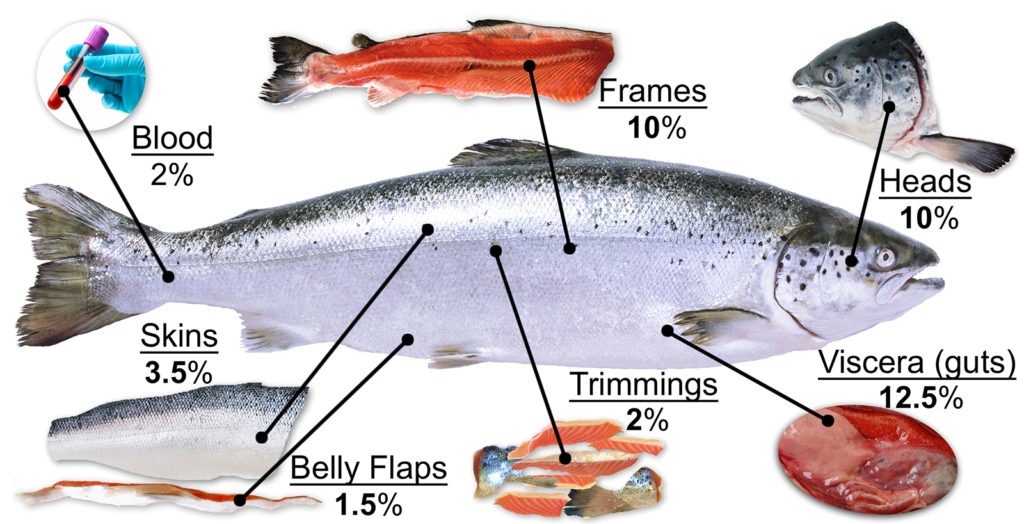
Aquafeeds
It takes guts to advance sustainability in aquaculture
With byproducts representing between 25 to 50 percent of the weight of various fish species, we need to be looking at how the entire fish is being used: even the heads, guts and skin.
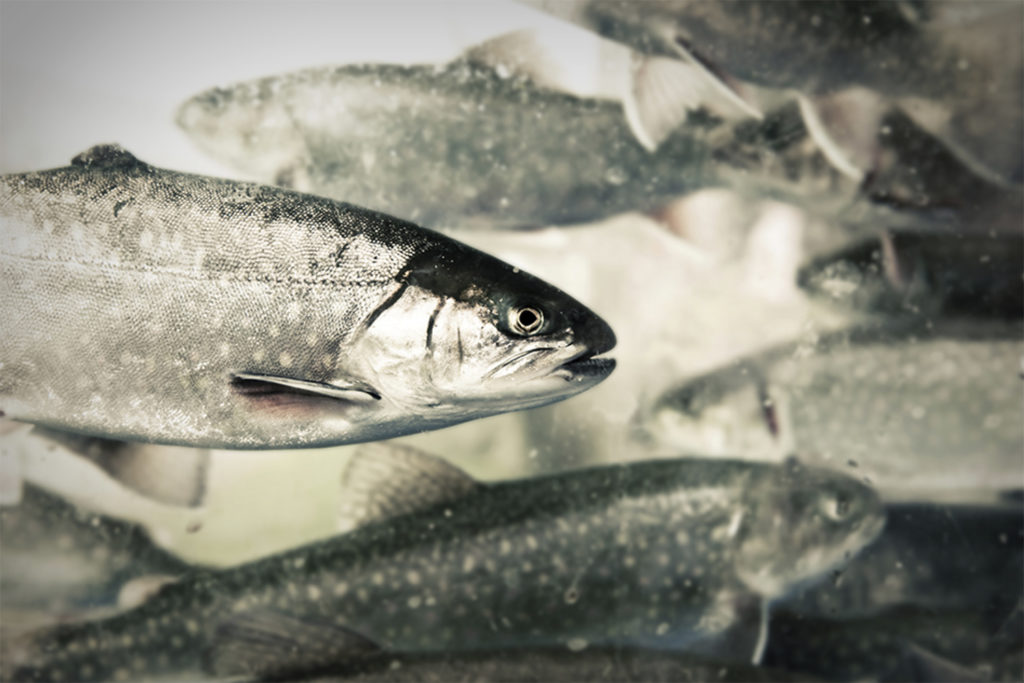
Aquafeeds
Point: There are no essential ingredients in aquaculture feeds
Kevin Fitzsimmons, leader of the F3 (fish-free feed) Challenge, says aquaculture may currently depend on fishmeal and fish oil, but farmed fish do not.
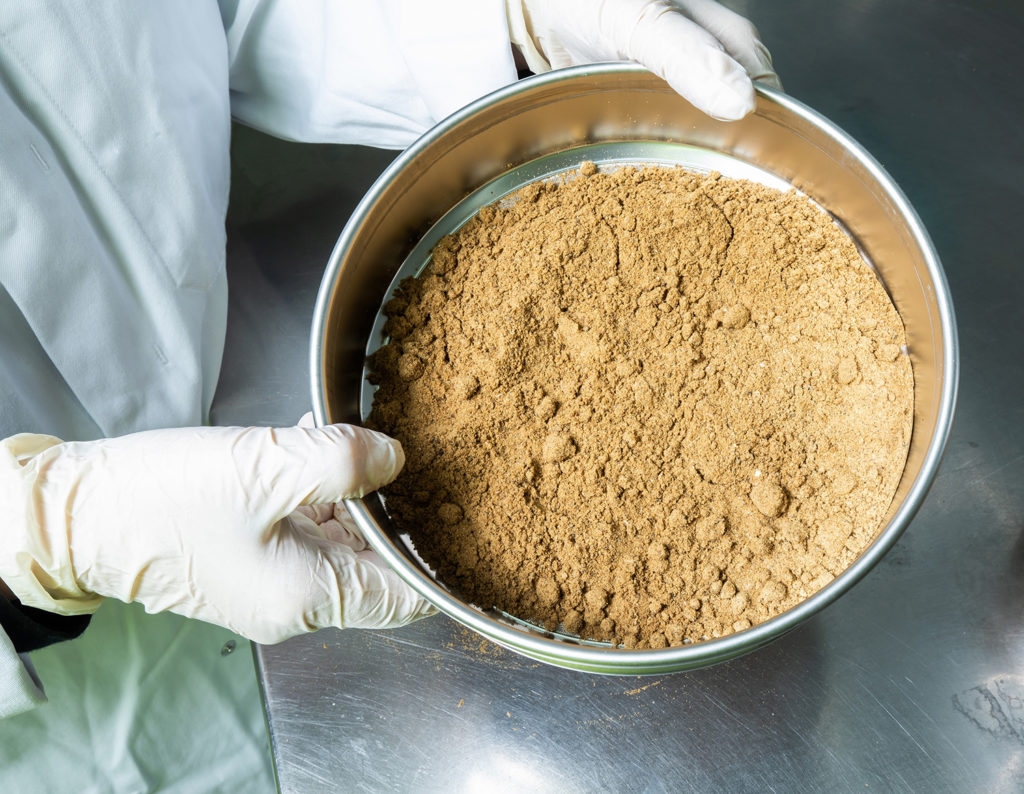
Aquafeeds
Counterpoint: Marine ingredients are stable in volume, strategic in aquaculture nutrition
IFFO Director General Petter M. Johannessen says fishmeal and fish oil offer unmatched nutrition and benefits to fuel aquaculture’s growth trajectory.
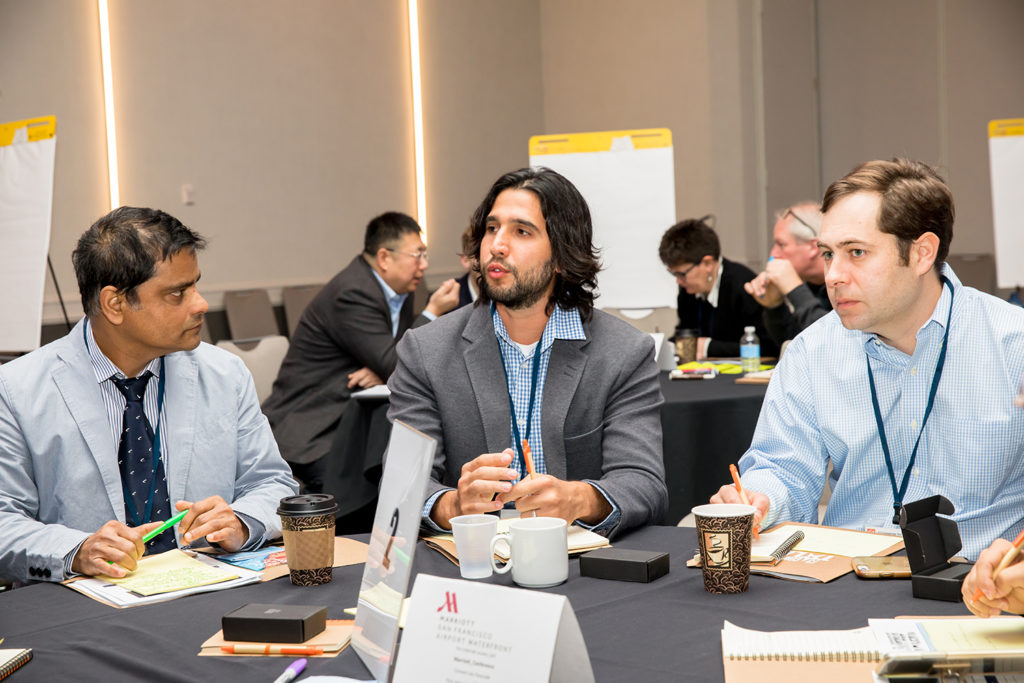
Aquafeeds
Aquafeed moonshots at the F3 ‘talent show’
At the F3 (fish-free feed) Companies Got Talent event in Burlingame, Calif., last week, alternative (non-marine) aquafeed ingredient companies spoke of decoupling aquaculture from fishmeal and fish oil in their quest for greater sustainability.



